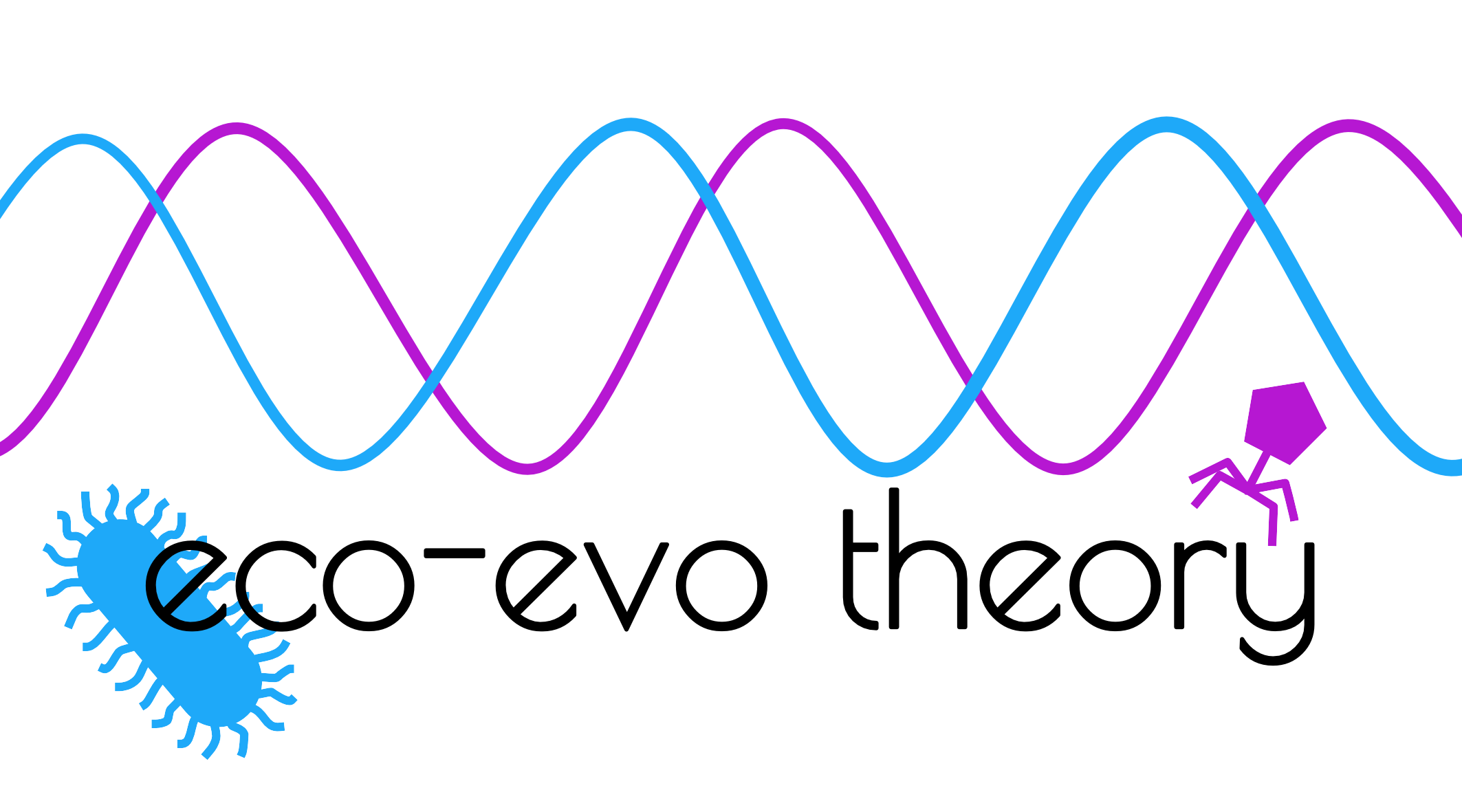Ashby B*, Watkins ER*, Lorenço J, Gupta S & Foster KR (2017) Competing species leave many potential niches unfilled. Nature Ecol. Evol. 1:1495-1501.
Read online | PDF | Accompanying commentary | Blog: ‘Finding your niche’ | Interview with DeutschlandFunk
Abstract
A cornerstone of biology is that coexisting species evolve to occupy separate ecological niches. Classical theory predicts that interspecific competition should lead to all potential niches being occupied, yet observational data suggest that many niches are unfilled. Here we show that theory can be reconciled with observational data by reconceptualizing competition in the Hutchinsonian niche space to distinguish between substitutable and non-substitutable resources. When resources are substitutable (for example, seeds of different size), the components of competition along the niche axes combine multiplicatively, leading to a densely packed niche space. However, when resources are non-substitutable (such as seeds and nest sites), we show that the components of competition combine additively. Disruptive selection therefore limits niche overlap between non-substitutable niche axes, leaving most potential niches unfilled. A key corollary is that increasing the number of niche axes may greatly increase the number of potential niches but does not necessarily increase diversity. We discuss observational data that are consistent with our model and consider implications for systems with invasive species. Our work reinforces the power of competition to drive major ecological patterns: while niche space informs on species that might exist, only a small and potentially arbitrary subset will coexist in sympatry.

